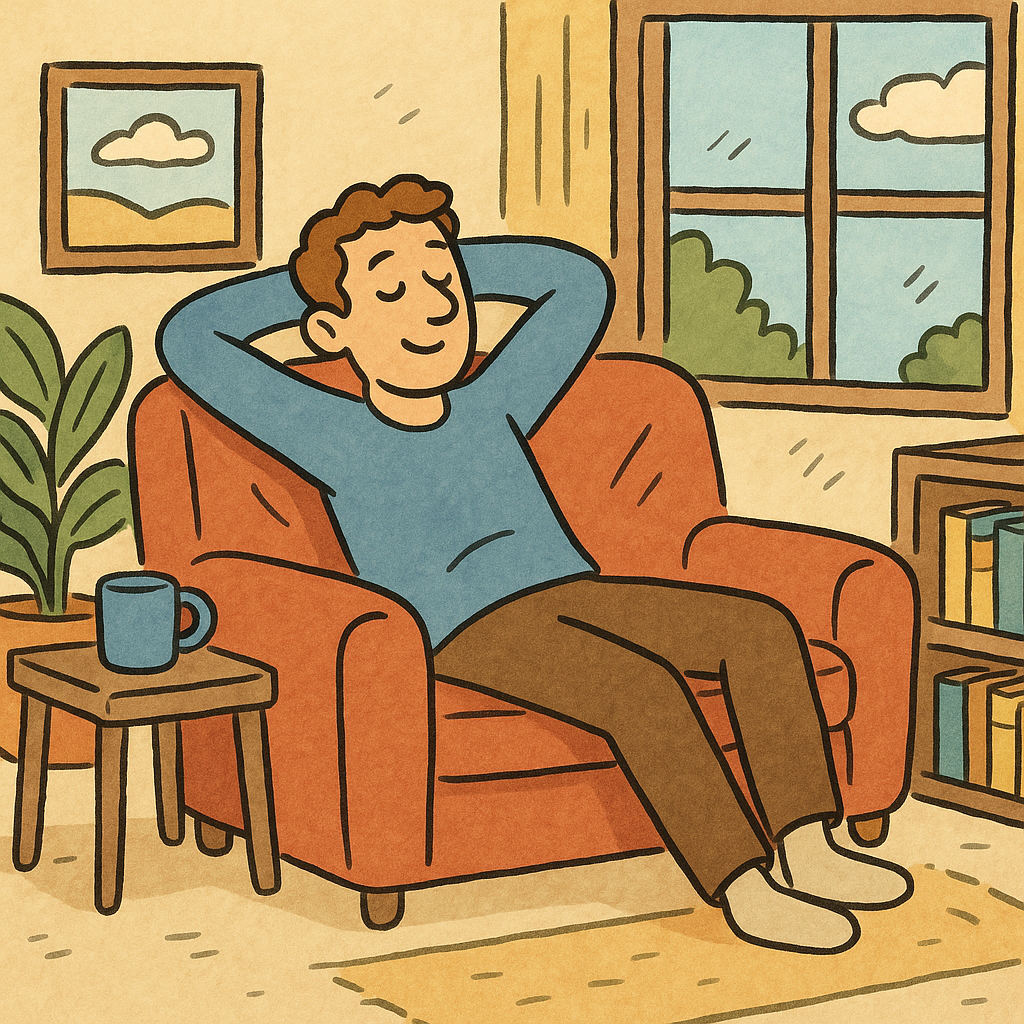In a world addicted to productivity, scheduling nothing time—deliberately planning downtime without digital distractions—has become the latest wellness hack. Discover why this growing trend matters now.

Why Are People Embracing Nothing Time?
1. Burnout Is Real—and Rising
Employees are working longer hours and feeling the strain. In fact, after-hours work has surged by 16%, with a decade-high spike in burnout mentions on Glassdoor. As constant busyness becomes standard, carving out “nothing time” helps reverse the burnout cycle.
2. Empty Space Sparks Creativity
Studies show intentional breaks restore mental reserves. One Time article points to “empty space” in scheduling as key to creativity and mental recharge. By scheduling nothing time, people adopt “yohaku no bi”—a Japanese concept of valuing empty space.
3. Social Disconnect Is Costly
Modern life is digitally saturated. A SELF article reports unstructured time with loved ones—where you do nothing—actually strengthens bonds and reduces stress.
How to Schedule Nothing Time
1. Block It Like a Meeting
- Choose consistent slots—10–30 minutes are proven effective .
- Follow a mid-afternoon or evening pattern, common in structured “worry time” techniques.
2. Pick a Neutral Spot
- Opt for a calm, distraction-free place—avoid beds or desks where lingering tasks creep in.
- This space signals to your brain: it’s time to reset.
3. Define “Nothing”
- No emails, no to-do lists, no scrolling.
- Try gentle activities—walk, sip tea, or simply stare at the ceiling.
4. Use a Timer
- Set a timer to gently nudge you back. Without it, you might slip from nothing time into avoidance.
5. Transition With Intention
- After your nothing block, do a grounded activity—stretch, journal, or chat. It helps your brain shift ready for the next phase.
Benefits That Keep You Coming Back
- Reduced stress and better focus. Professionals found mental clarity improves with scheduled downtime .
- Improved mental resilience. Mental health expert insights confirm rest time builds your capacity to handle stress .
- Boosted creativity. Regular nothing time allows insights to simmer—beneficial for brainstorming or problem-solving moments.
Situations That Call for Nothing Time
| Scenario | Why it Works |
|---|---|
| Post-Meeting Jitters | Use 10 minutes to reset your brain after intense focus. |
| Pre-Decision Pause | Create space to think calmly before important decisions. |
| Midday Slumps | Instead of a sugar hit, take a mindful break. |
| Evening Quiet | Reflect mentally before bedtime to improve sleep quality. |
Tips to Keep Nothing Time on Track
- Mark it confidently. Block your nothing time as you do any important meeting—it’s non-negotiable.
- Remove digital temptations. Phone on silent; screens off. If they ping, they win.
- Accept the blankness. Early sessions can feel awkward—but that unease fades.
- Track your mood. Note post-session improvements in clarity or calm.
- Build consistency. Daily moments compound; start small (10 min/day → 1 hr/week).
Why Scheduling Nothing Time Is Gaining Momentum
- Gen Z and Millennials are redefining work culture: Many are openly resisting hustle norms and prioritizing mental health, even calling in mental health days without feeling guilty.
- Digital overload is overwhelming: Ever-present connectivity damages attention and stress levels—intentional downtime acts as an antidote.
- Health research supports it: Overwork is tied to serious medical issues—stroke, ischemic heart disease, chronic stress.
Personal Stories: From Busy to Balanced
On Reddit, users share that scheduling rest changed everything:
“I have been on this schedule for about 2 weeks now and it has been so incredibly helpful to reduce my stress…”
A writer noted a one-hour porch sit aside from work felt “like a mini-vacation,” and became a daily reset essential.
In Summary: Why Nothing Time Works
- It combats burnout by breaking repetitive work cycles and easing mental overload.
- It bolsters creativity through moments of undisturbed thought.
- It enhances well-being by creating space for emotional and social presence with others.
- It helps build sustainable habits, countering toxic work culture norms.
If you’re stretched thin or seeking balance, begin with just 10 minutes of nothing time daily. Block it, respect it, and observe how small pauses can catalyze big changes.
Generate Your Nothing Time Plan
- Pick your slot—morning starter? midday recharge? evening wind-down?
- Reserve the spot on your calendar and honor it.
- Choose your space—porch, park bench, or quiet corner.
- Decide “nothing” rules—what you will and won’t do.
- Timer set, begin weekly, then daily; measure your mood improvements.
References
Stillman, J. (2022). A new study offers a surprising time management lesson: Don’t schedule everything. Inc. Retrieved from https://www.inc.com/jessica-stillman/productivity-time-management-scheduling.html
Basu, A. (2024). The importance of doing nothing. Retrieved from https://amitabasu.com/2024/02/08/the-importance-of-doing-nothing/
Ohio State University. (2016). Scheduling leisure activities makes them less fun. ScienceDaily. Retrieved from https://www.sciencedaily.com/releases/2016/12/161208125816.htm






